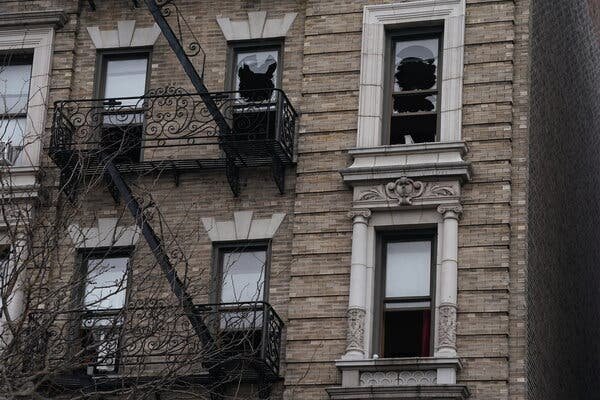Vanderbilt University and Northeastern University are expanding their presence in New York City, reflecting the growing importance of higher education in the city’s economy. The city is in talks with several other colleges looking to establish or expand campuses in New York. However, challenges such as potential cuts to federal aid, restrictions on immigration, and criticisms about tax exemptions for universities exist. Despite these challenges, the higher education sector in NYC is diverse and contributes significantly to the city’s economy.
In September, Vanderbilt University secured a 99-year lease for 13 buildings in Chelsea as part of its plan to establish a third major center for the renowned Nashville-based institution. Vanderbilt University consistently ranks as one of the leading universities in the United States. Simultaneously, Boston-based Northeastern University announced its absorption of Marymount College to establish a new campus in New York City, marking its 14th campus. Northeastern’s decision to expand to New York City is driven by the city’s status as the nation’s financial capital and its thriving tech sector, which present opportunities for college graduates seeking advanced training to enhance their career prospects.
The higher education sector in New York City is experiencing significant growth, with discussions underway between the city and numerous colleges interested in establishing a presence in the city or expanding existing operations. According to Andrew Kimball, president of the city’s Economic Development Corporation, the economic impact of the expanding higher education sector on New York City is substantial. A study conducted by the EDC revealed that over 140,000 individuals are employed in higher education across more than 100 institutions, collectively generating $35 billion in economic activity annually.
Despite the positive growth in the higher education sector, challenges lie ahead. The current political climate, with President-elect Donald Trump and Republicans in Congress expressing hostility towards higher education, raises concerns about potential cuts to federal aid and restrictions on immigration, affecting the diverse student population in New York City. However, amidst these challenges, there is a growing focus on STEM fields, with a notable increase in the number of STEM degrees awarded, reflecting the changing demands of the job market.
The report by the EDC also highlights the diversity and economic contribution of college and university employment in New York City. Approximately 40% of higher education jobs are held by professors and educators with advanced degrees, earning a median wage of $126,900 annually. Additionally, other roles in higher education such as security, food services, and administration offer median wages above the citywide average, contributing to the city’s workforce diversity.
The City University of New York (CUNY) plays a significant role in the higher education landscape, accounting for half of the city’s student population. Chancellor Félix V. Matos Rodríguez emphasizes CUNY’s role in promoting local talent and contributing to the city’s growth, particularly outside Manhattan.
Vanderbilt University’s decision to establish a campus in New York City reflects the city’s appeal as a talent hub across various industries. The university views this expansion as a complement to its existing presence in Nashville, rather than a competition. While specific details about the offerings at the New York campus are still under consideration and subject to approval by New York education authorities, Vanderbilt is committed to leveraging the city’s strengths.
Despite the positive growth in higher education, challenges such as a shrinking student population and criticisms regarding the tax-exempt status of large universities and hospitals in the city present concerns. Calls for institutions to contribute to the city’s tax base through payment in lieu of taxes have been proposed, but some, like Kimball, emphasize the importance of nurturing the thriving higher education sector.
As higher education faces uncertainties at the federal level, optimism remains among educators and administrators like Chancellor Rodríguez, who sees opportunities for workforce training initiatives amidst potential funding challenges. The value that higher education institutions bring to the table and their role in shaping the future workforce remain crucial in navigating the evolving landscape of higher education in New York City.
Source: TheCity.NYC









